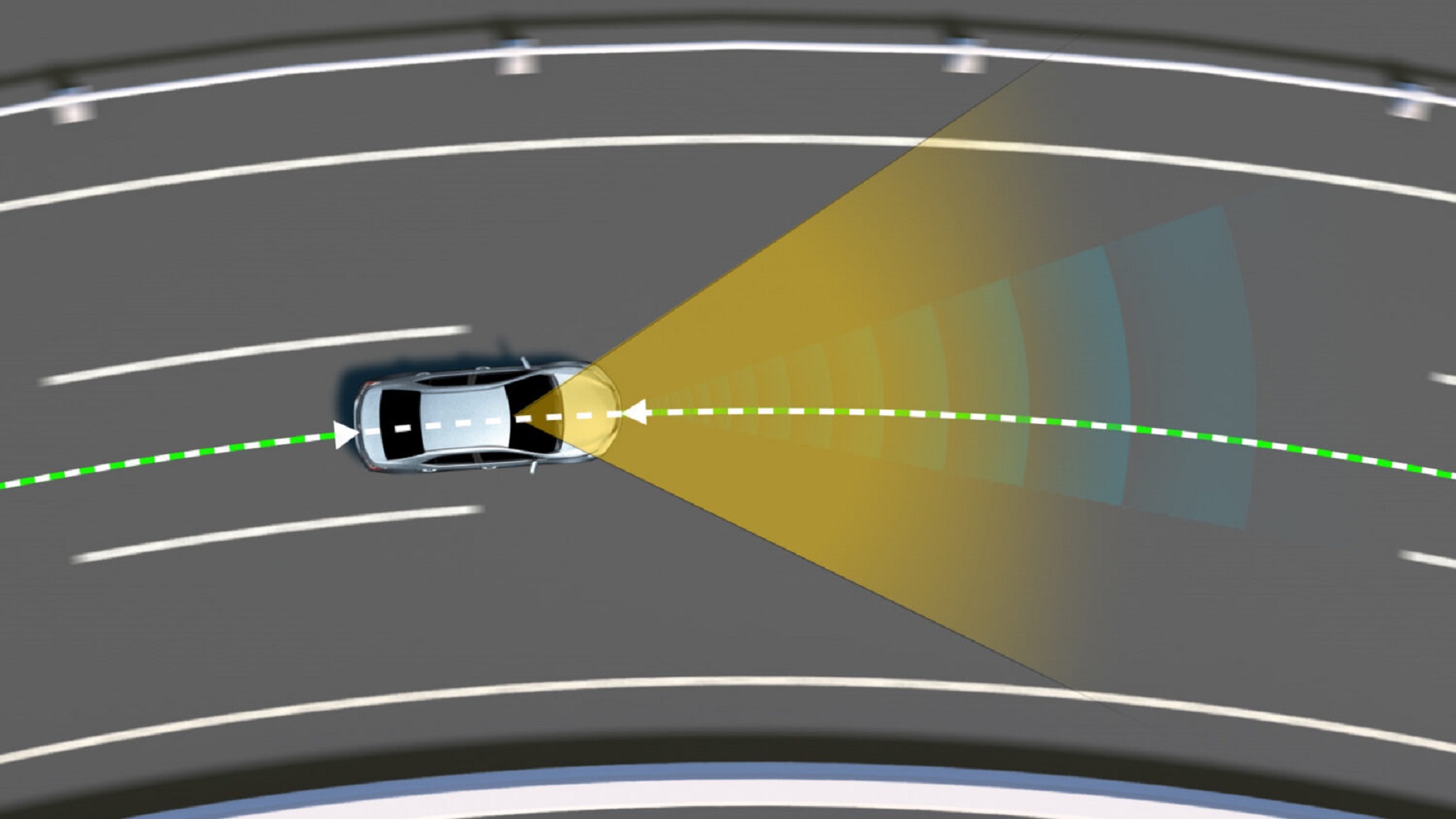Toyota’s Collaborative Safety Research Center Expands Latest Phase of Research with New Projects

Toyota’s Collaborative Safety Research Center (CSRC) today announced plans to launch three new projects as part of its next phase of research, dedicated to advancing safety in mobility technologies. The research projects include an investigation on driver support features for vehicle lane centering, the creation of an in-vehicle intervention prototype to promote safe driving and the use of data to help improve technology to aid driver decision making to encourage safer driving behavior.
Additionally, Toyota announced that it has joined the Vulnerable Road User Injury Prevention Alliance (VIPA) at the University of Michigan International Center for Automotive Medicine (ICAM) to support ongoing research into crashes with shared road-users such as pedestrians, cyclists and e-scooter riders. VIPA seeks to enhance industry-wide understanding of common scenarios between motor vehicles and non-vehicle road users that have historically led to crashes and injuries, with an aim to ultimately contribute to the development of effective mitigation or prevention measures.
Along with the 13 projects announced in 2022, the three new projects are part of the current five-year $30 million commitment to explore diverse safety needs and analyze inclusive mobility options that cater to various applications, physical characteristics and accessibility levels for individuals and society.
“Our new research projects exemplify CSRC’s dedication to our mission of improving safety in the automotive industry,” said Danil Prokhorov, director of Toyota’s CSRC. “By collaborating with researchers to study real-world problems related to mobility technologies, we aim to develop enhanced engineering tools and empower drivers to maximize the potential of advanced technologies.”
For the new projects, CSRC is leveraging the expertise of Massachusetts Institute of Technology Agelab, University of Michigan Transportation Research Institute, and Touchstone Evaluations, Inc., respectively. Findings from the research projects will be shared publicly, maximizing the impact of these collaborations to help advance a future safe mobility society.
The three new research projects are:

Toyota created the Collaborative Safety Research Center (CSRC) in 2011 to advance mobility safety for industry and society through open collaborations with universities, hospitals and other institutions. With current commitments, to date CSRC has received $115 million for foundational and applied safety research, including development of tools and testing procedures related to advanced driver assistance systems (ADAS) and research into human factors on vehicle safety, among others.
The current phase of research 2022 – 2026 at CSRC is focused three key tracks:
- Human-Centric: CSRC strives to help ensure that safe mobility technologies are universally accessible and comprehensible, enabling everyone to benefit from them.
- Safety Assurance: By investigating traffic environment, human drivers and potential safety hazards, CSRC aims to enhance safe operations and mitigate risks associated with mobility technologies.
- Assessment: CSRC focuses on quantifying mobility safety measures to facilitate informed decision-making and drive effective safety strategies.
These new initiatives join CSRC’s roster of 98 research projects with more than 30 different institutions. To date, CSRC has published over 275 research papers and engaged more than 300 researchers, who have publicly shared the output globally. The projects have made meaningful contributions to help advance research and technology relating to the safe integration of future mobility solutions for all.
TMNA R&D
For more than 50 years, Toyota Motor North America Research & Development (TMNA R&D) has led engineering for several of the best-selling Toyota vehicles on U.S. roads. Teams are now creating both next-generation vehicles and new and advanced mobility concepts that can better move people, goods and information. Toyota’s innovation has produced more patents from the United States Patent and Trademark Office than any other automaker for the past 9 consecutive years (3,056 in 2022). Centered in Ann Arbor, Michigan, TMNA R&D is pursuing Toyota’s mission to “Produce Happiness for All” by making life safer, easier and more enjoyable. Globally, Toyota spends approximately $1 million per hour on R&D to ensure that Toyota rapidly and continuously develops cutting-edge, high-quality, and appealing vehicles.





